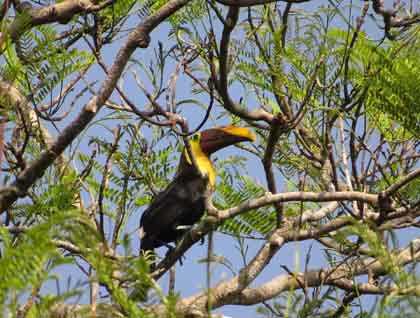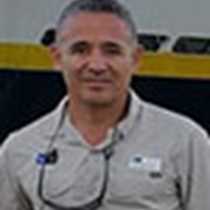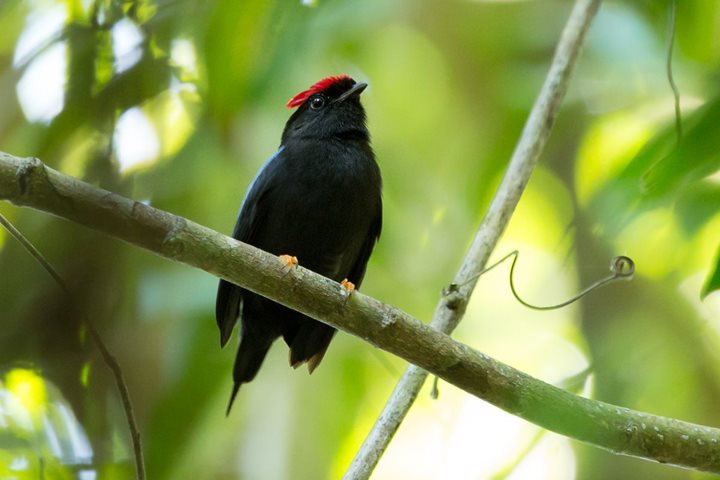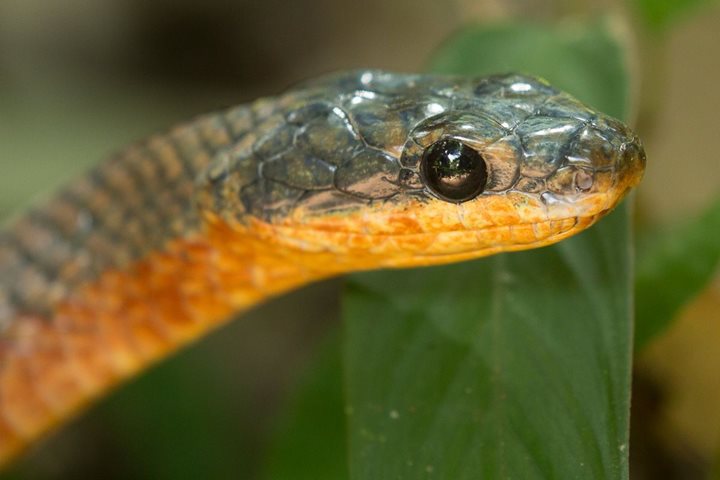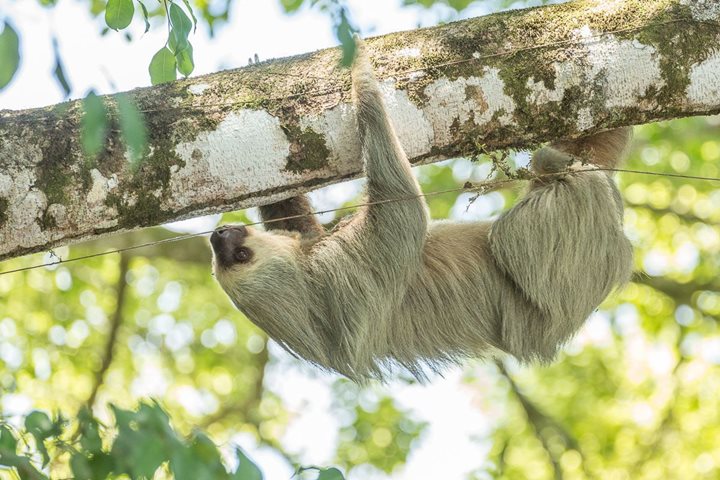After crossing two sets of locks of the Panama Canal the previous night, we woke up anchored at Gatun Lake in front of Barro Colorado Island (BCI), an important research center for tropical biology where usually only scientists have access to its trails.
National Geographic Sea Lion is the only ship in the world to complete its transit across the canal in two days. And the only reason to split the transit into two days is to allow our guests to visit BCI. This research center is located on the top of a hill that became an island when the Chagres River was dammed in order to provide the water for the canal’s operation.
In 1923, the Smithsonian Tropical Research Institute created a biological reserve in order to study the ecology of the tropics. Ever since, vast studies of life in the tropical forest have been published and the dynamics of ecosystems are better known.
Onboard, we had the opportunity to listen Dr. Egbert Leigh share his experiences in the forest of BCI. Then some of our guests chose to explore the trails of BCI, while others took expedition landing craft excursions and learned about the forest and wildlife as well as what investigations are done on the island. We saw crocodiles, snail kites, zone tailed hawks, limpkins, shearwaters, black mandible toucans, agoutis, spider and howler monkeys.
The troop of howler monkeys put up a performance to help us understand the meaning of their common name. They started howling in an attempt to let other troops know their presence and their territory. They have a hyoid bone that is up to 25 times larger than in other species of monkeys and this bone acts as a sort of amplifier.
Returning to the vessel, we enjoyed lunch and got back into our Panama Canal mode and prepared ourselves for the last part of the transit—this time during daylight. Admiring the accomplishment of the visionaries who built this engineering marvel more than a century ago was the perfect way to finish our expedition from Costa Rica to Panama, from the Pacific to the Caribbean.

